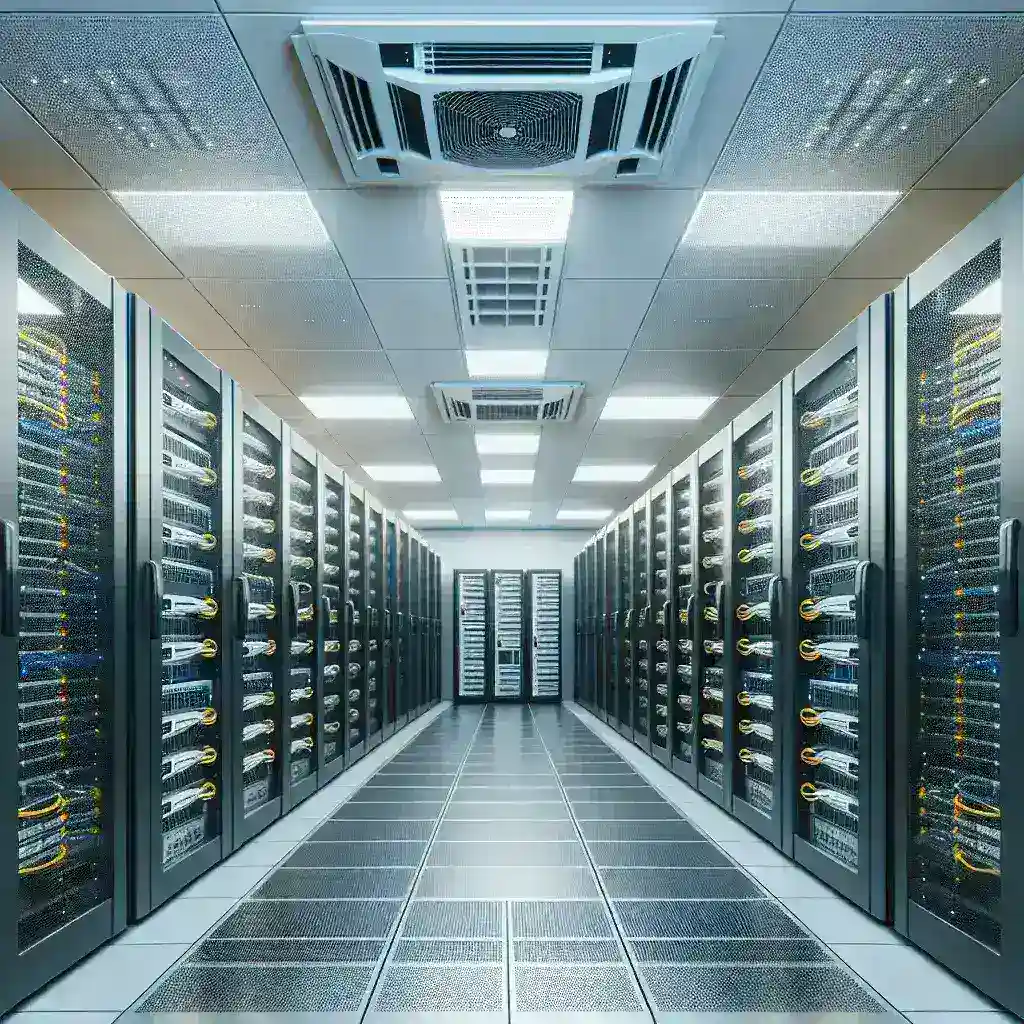Introduction
Designing a server room for your business is a crucial step in ensuring the efficiency, safety, and reliability of your IT infrastructure. A properly planned server room can help prevent data loss, improve system uptime, and make maintenance easier. This article will guide you through the essential steps and considerations for creating an optimal server room.
Determine Your Requirements
The first step in designing a server room is to assess your business needs. Consider the following factors:
- Number of servers and other equipment
- Power requirements
- Cooling requirements
- Security requirements
- Future growth potential
Analyzing these factors will help you determine the size, layout, and features necessary for your server room.
Data Table
Below is a table summarizing key considerations for server room design:
| Factor | Details |
|---|---|
| Number of servers | Assess current and future server needs |
| Power requirements | Calculate total power consumption |
| Cooling requirements | Determine necessary cooling systems |
| Security requirements | Identify physical and network security measures |
| Growth potential | Plan for future expansion |
Location and Space Planning
Choosing the right location for your server room is essential for both accessibility and security. Consider the following:
- Choose a centralized location within your building to minimize cable lengths.
- Avoid areas prone to flooding or other environmental risks.
- Ensure the room is large enough to accommodate all current and future equipment.
Room Layout
Plan the layout of the server room to optimize space and airflow. Typical server room designs include:
- Hot Aisle/Cold Aisle Configuration: Arrange server racks in alternating rows to optimize cooling efficiency.
- Spacing: Provide adequate space between racks for maintenance and air circulation.
Power and Cooling Systems
Power Supply
A reliable power supply is crucial to prevent downtime. Consider the following:
- Install uninterruptible power supplies (UPS) to provide backup power in case of outages.
- Ensure sufficient power outlets and circuits to handle the load of all equipment.
- Implement power management tools to monitor and optimize energy usage.
Cooling Systems
Proper cooling is necessary to prevent overheating and ensure the longevity of your equipment. Options include:
- Air Conditioning Units: Specialized air conditioning systems designed for server rooms.
- Raised Flooring: Allows for better air circulation and cabling management.
- Environmental Monitoring: Install sensors to monitor temperature, humidity, and other environmental factors.
Cable Management
Effective cable management is essential for maintenance, performance, and safety. Tips for organizing cables include:
- Use labeled cables for easy identification.
- Implement cable trays and racks to keep cables organized and off the floor.
- Bundle cables using ties or Velcro straps to minimize clutter.
Security Measures
Security is a critical component of any server room. Consider both physical and network security measures:
Physical Security
- Install access control systems to restrict entry to authorized personnel only.
- Use surveillance cameras to monitor the server room.
- Implement fire suppression systems to protect against fire hazards.
Network Security
- Use firewalls to protect against unauthorized access.
- Implement encryption to safeguard data.
- Regularly update software and firmware to patch vulnerabilities.
Future-Proofing
Plan for future growth and technological advancements by including the following in your design:
- Allocate extra space and power capacity for additional equipment.
- Choose modular systems that can be easily upgraded.
- Stay informed about emerging technologies and industry standards.
Conclusion
Designing a server room requires careful planning and consideration of various factors such as location, power, cooling, security, and future needs. By following these guidelines, you can create a server room that is efficient, secure, and scalable, ensuring the continued success of your business’s IT infrastructure.

